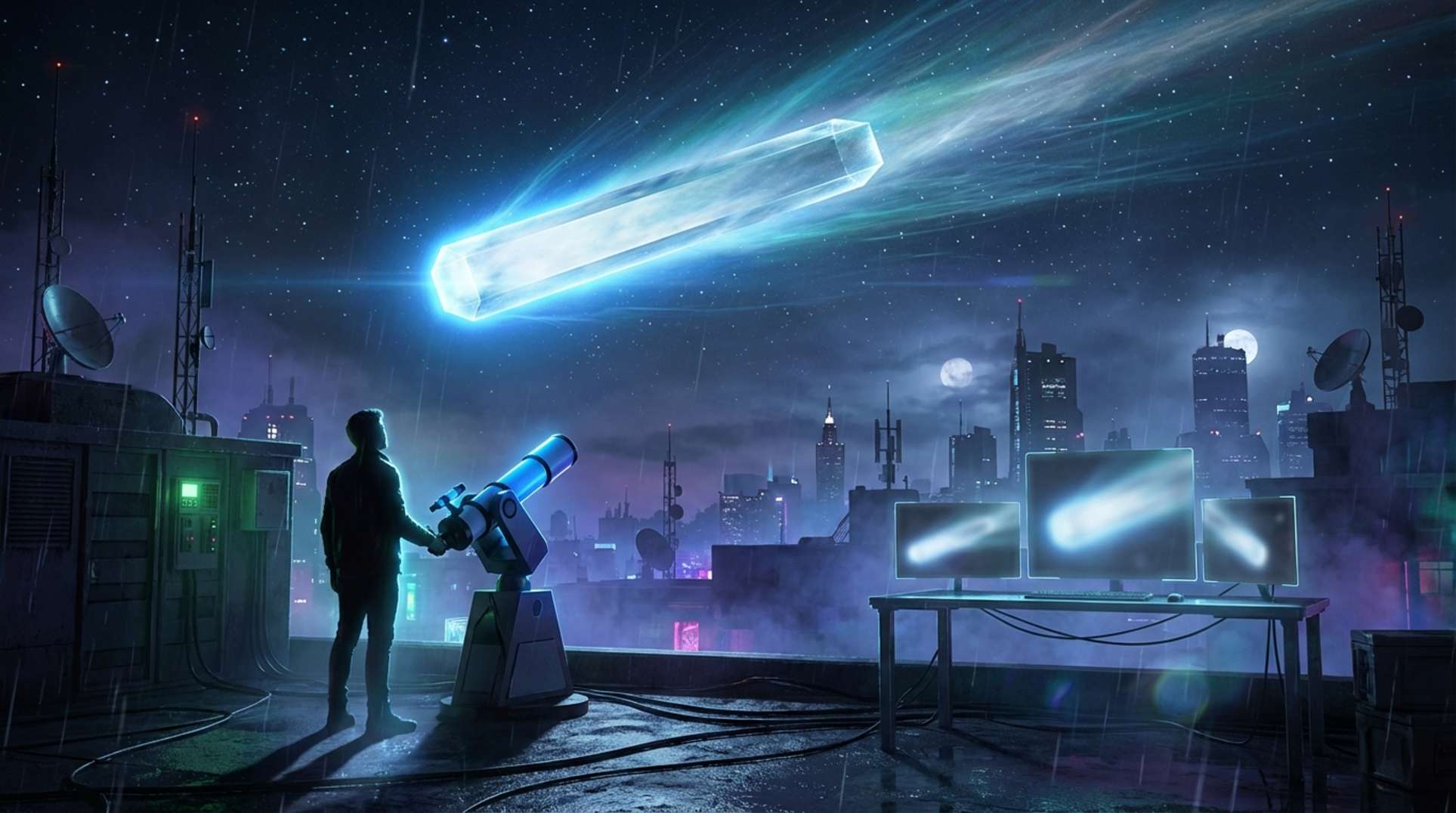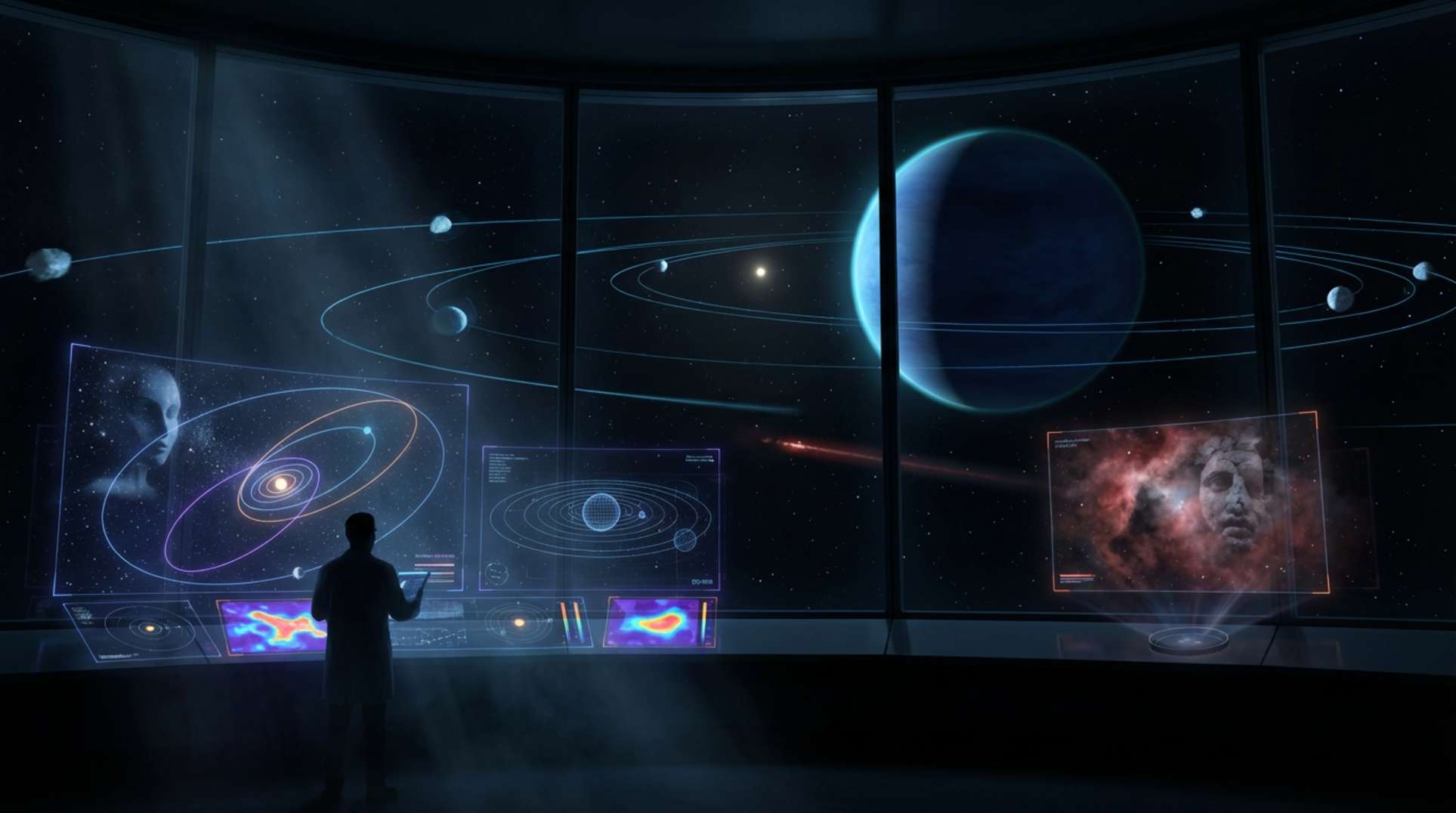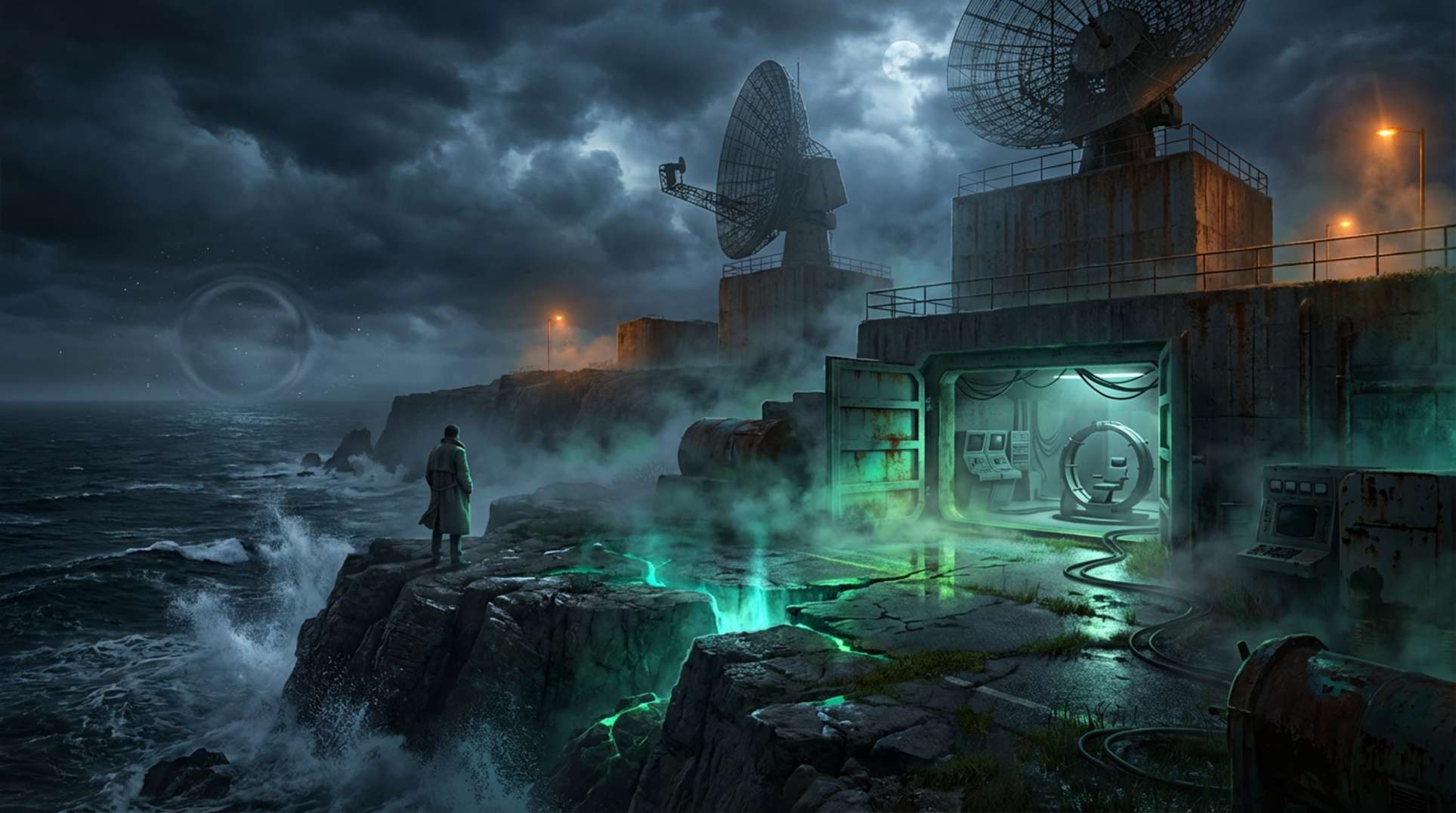Key Takeaways
- Canadian astrophotographer Paul Craggs captured unusually sharp images of interstellar comet 3I/ATLAS on November 22 and 24, 2025, showing an elongated bright core surrounded by a blue halo.
- NASA, ESA, and peer-reviewed analyses characterize 3I/ATLAS as a natural interstellar comet (coma, dust, CO-to-water ratio consistent with Solar System comets) on a hyperbolic trajectory; it poses no threat to Earth.
- Differences between Craggs’s processed backyard images and softer institutional releases, along with noted symmetry and luminosity questions raised by some researchers (including Avi Loeb), keep alternative-origin discussions active but unproven.
Overview of the New Images
On November 22 and 24, 2025, Paul Craggs used an affordable Dwarf 3 telescope (~$500) to image 3I/ATLAS. His stacked and post-processed frames show a compact, elongated bright core with a distinct blue halo. The sharpness of structure in these frames prompted broad discussion among amateur and professional observers.
Major agencies (NASA, ESA) report 3I/ATLAS exhibits typical cometary behavior: a coma, dust emissions, and spectral signatures similar to Solar System comets. Observations from Hubble, ATLAS, MAVEN, and ExoMars support its interstellar, hyperbolic trajectory and comet-like composition.
What Observers Noted
Community reactions highlighted three main themes: (1) the apparent rectangular or ‘ship-like’ core in some processed frames, (2) differing visual impressions between amateur-processed and institutional images, and (3) possible artifacts from stacking, tracking errors, or enhancement routines that can accentuate edges and symmetry.
Avi Loeb has outlined a list of anomalies he considers noteworthy; proponents of non-natural explanations point to symmetry and sharp geometry as items of interest. Mainstream researchers counter that chemistry (e.g., CO-to-water ratio near 1.4 ± 0.2) and coma morphology fit well with natural-comet models.
Basic Facts and Timeline
Discovery: July 1, 2025 (ATLAS). Closest Earth approach: December 19, 2025 (about 1.8 AU). Speed through the inner system: ~137,000 mph (221,000 km/h). Size estimates range from roughly 440 m to several kilometers depending on albedo assumptions.
Instruments contributing data include ATLAS, Hubble, MAVEN, and ESA’s ExoMars Trace Gas Orbiter. Craggs’s images are the result of accessible consumer hardware plus modern stacking and processing techniques rather than raw high-end observatory output.
Why Amateur Images Can Look Sharper
Amateur astrophotographers commonly use stacking, aggressive sharpening, and contrast adjustments to emphasize fine structure; this can make objects appear more defined than conservative, calibrated scientific releases. Tracking imperfections and stacking artifacts can also introduce apparent elongation or edge enhancement that mimics geometric shape.
Natural Comet vs. Artificial Hypotheses
Official assessments classify 3I/ATLAS as a natural interstellar comet. Calls for caution and further study come from those who note unexplained details in images or behavior. To date, there is no definitive evidence for artificial origin; unresolved image and data-release differences keep the conversation active.
Current Position and Next Steps
Firm conclusions: 3I/ATLAS is interstellar and comet-like in composition and behavior, with no Earth risk. Open questions: the cause of apparent sharp structure in some processed amateur images and the full explanation of all anomalies noted by critics. The best path forward is continued coordinated observation, transparent raw-data release where possible, and careful, reproducible image analyses combining professional and amateur datasets.
FAQ
Craggs captured stacked, processed images showing an elongated bright core and blue halo on November 22 and 24, 2025.
Yes. NASA and ESA classify 3I/ATLAS as a natural interstellar comet with properties similar to Solar System comets.
No decisive proof exists. Some anomalies and image differences prompt further analysis, but the dominant interpretation remains natural.




